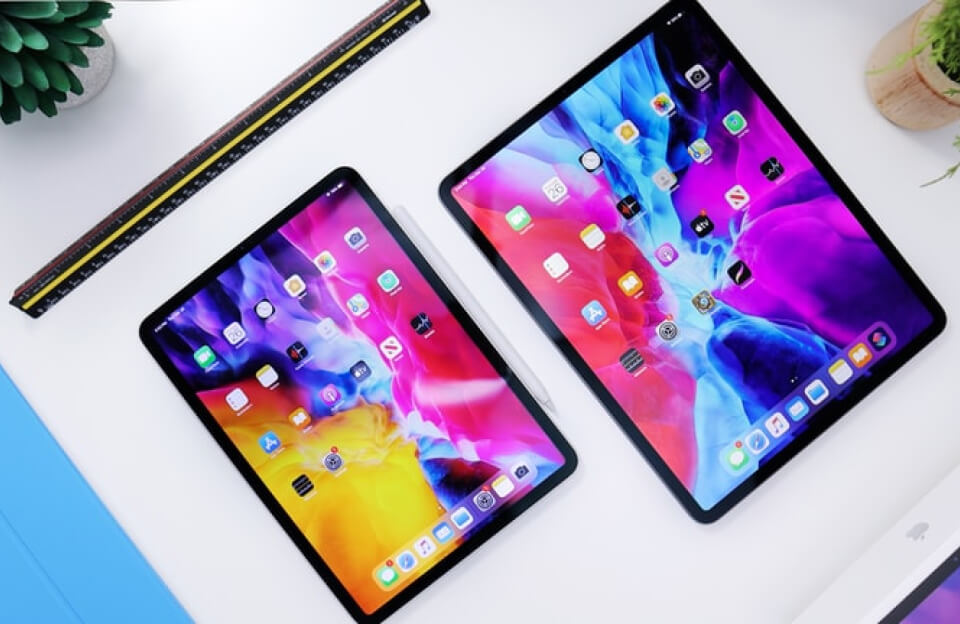Discover how pharma brands are leveraging social media to boost awareness, engage patients, and connect with healthcare professionals, while staying compliant.
Once upon a time, pharmaceutical marketing meant glossy brochures, doctor visits, and an occasional TV ad featuring someone waltzing in a field. But in 2025, that field has been geo-tagged, the waltzing is a 15-second TikTok loop. The real action happens where the hashtags live: on social media.
Even the crisp, buttoned-up world of pharma has learned to dance (figuratively and sometimes literally) on platforms like Instagram, X (formerly Twitter), LinkedIn, and TikTok. While the industry must still obey regulations that would give a lawyer a nosebleed, pharma brands are finding creative ways to stay compliant and engaging.
Our numbers here show how Social Media Matters for Pharma–
- 4.95 billion people use social media globally (DataReportal, 2024).
- 72% of internet users look online for health information (Pew Research).
- 90% of healthcare professionals (HCPs) use social platforms for professional purposes (CREATION.co, 2023).
If you’re not in the digital conversation, you’re wasting away your brand message into a void.
The (Legal) Dance of Engagement
Pharma’s challenge isn’t just reaching people — it’s reaching them without violating FDA or regional guidelines. That means no wild claims, no unbalanced risk-benefit statements, and a deep fear of user comments that could turn a sponsored post into a regulatory headache.
So how do brands do it?
1. Disease Awareness Campaigns – The Sneaky but Smart Entry Point
You may not always be able to mention your product, but you can talk about the condition it treats.
Take Pfizer’s “Get Old” campaign — a brilliant initiative designed to normalize conversations around aging. Instead of pushing Lipitor, Pfizer made aging relatable. Social posts asked questions like, “When did you realize you weren’t young anymore?” With zero product mentions, they generated over 1 million engagements, making Pfizer appear less like a faceless drug maker and more like a concerned, insightful friend.
2. Branded Pages for Professionals – LinkedIn is the New Waiting Room
Pharma companies are leaning heavily on LinkedIn to build relationships with HCPs. Novartis runs multiple LinkedIn channels, some product-specific and some focused on thought leadership. Their content ranges from clinical trial news to video interviews with researchers — highly engaging for the MD crowd.
In 2023, Novartis reported a 32% YoY increase in HCP engagement on LinkedIn, with whitepapers and “Ask the Expert” sessions driving the most clicks.
Adhering to FDA guidelines to present credible data comes with the territory. Check out our take on the topic https://uspharmamarketing.com/navigating-the-new-fda-guidelines-for-social-media-pharma-ads-in-2025/
3. Influencers – Yes, Even in Pharma
No, pharma isn’t sending TikTokers free insulin pens (not yet, anyway). But patient influencers are an emerging force. These are real patients sharing their experiences, struggles, and treatments (with disclosures, of course).
AbbVie’s partnership with IBD patient advocates to promote awareness for Crohn’s disease and ulcerative colitis. Using the hashtag #IBDVisible, they sparked authentic, emotional storytelling across Instagram and Twitter. The result? A 26% uplift in patient inquiries on their condition-specific site — all without mentioning a single drug name.
4. Live Events and Webinars – Content That Doesn’t Expire
Roche’s #ASCO2024 coverage on Twitter/X was a masterclass in real-time engagement. By live-tweeting key conference takeaways, they established their expertise and increased visibility among oncologists and researchers. These posts were informative, timely, and perfectly tailored to the audience.
Meanwhile, Sanofi’s YouTube channel features explainer videos and patient stories, racking up millions of views. People don’t want to read a PDF when they can watch a video with warm lighting and violin music.
5. TikTok: A Risk Worth Taking
It might sound counterintuitive, but TikTok is emerging as a goldmine for younger audiences dealing with chronic illness. Educational accounts like @pharmacist.bri and @dr.karanr have gone viral debunking myths, explaining side effects, and making medicine cool again — all within 60 seconds.
Brands are slowly dipping toes into TikTok, focusing more on disease state education than direct promotion. It’s early, but the potential is immense.
Final Dose of Insight
Social media isn’t just for influencers selling skincare or doing viral dances. It’s a frontier of empathy, education, and connection — all of which pharma desperately needs to rebuild trust and relevancy.
If pharma wants to be where the people are, it has to learn to speak their language — and maybe, just maybe, learn a few TikTok moves along the way.
Because let’s face it: if your competitor is getting likes while you’re still faxing doctors, who’s really winning?

